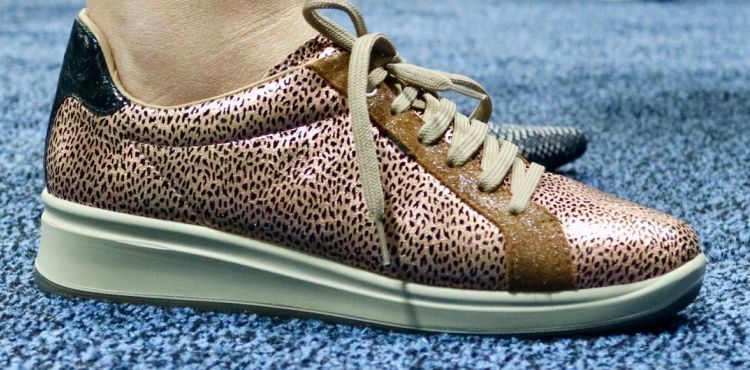Product Design & Development for an Aging Population
/ 16/2/2018 Product Design & Development for an Aging Population
you are in: News / Age Friendly Design
With predictions of 1 in 4 of the UK population due to pass the age of 65 by 2050, how will design support the changing needs and abilities of an aging population...?
The UK is experiencing a huge transition, reshaping to accommodate advances in healthcare, medicine and technology, as well as an increase in life expectancies. 25% of the UK population is expected to be over the age of 65 by 2050. This factor is significant, as the older we get, the completion of daily domestic activities can be greatly affected.
There is an appreciation within the design community to take into account their product range, as well as the potential value of the “silver pound” (£290 billion per year). Many are designing products of an inclusive nature, both in terms of widening their existing suitability and designing specifically for the elderly market.
The biggest challenge for many organisations looking to honour inclusivity is knowing where to start. But in context of the aging UK population, there is huge potential for empathetic, human-centred design.
Age UK Statistics
According to the research of Age UK (https://tinyurl.com/ycxdaqj7), falls are the largest cause of emergency hospital admissions for older people. Furthermore, 3.64 million people aged 65+ live alone (32% of all aged 65+ in the UK).
Both of these statistics are extremely relevant to the product design of Evone Smart Shoes. The shoes, which are due for release later this year, have built in sensors to detect a fall and send an automatic alert.
21% of men and 30% of women aged 65+ need help with at least one ADL (Activities of Daily Living) like walking or bathing, and help with at least one IADL (Instrumental Activities of Daily Living), such as cooking or shopping.
One innovation helping people with everyday tasks like these is the NeoMano robotic glove, which helps paralysed hands to grip again. Whilst the glove has been developed to specifically help people with spinal chord injuries, it showcases potential applications for the elderly.
Digital Therapeutics & Distance Health
Digital Therapeutics (Dtx) is an emerging market that’s highly relevant to older people. Canary Health, for example, provides digital health self-management programs that prevent the progression of chronic diseases like arthritis.
Advances in digital are also driving the emergence of distance health technologies (or telehealth). More patients are being equipped with attachable devices at home that record and report medical information directly to doctors.
Of course, there is potential for inclusive design to take into account the needs/capabilities of less-able, elderly users, and improve health outcomes across the board.
In future, it won’t be enough to design for some people, or even most. The real challenge is to design for all.
